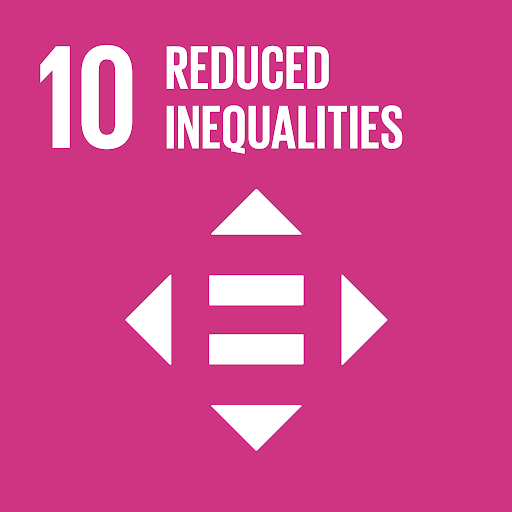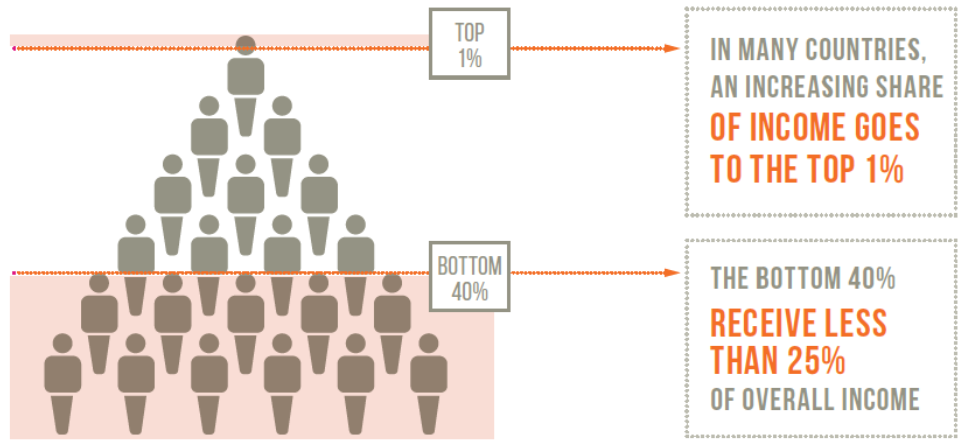
Extreme Poverty
Considerable progress towards SDG 10 has been made, as global rates of extreme poverty, unemployment, and child mortality continue to fall annually.
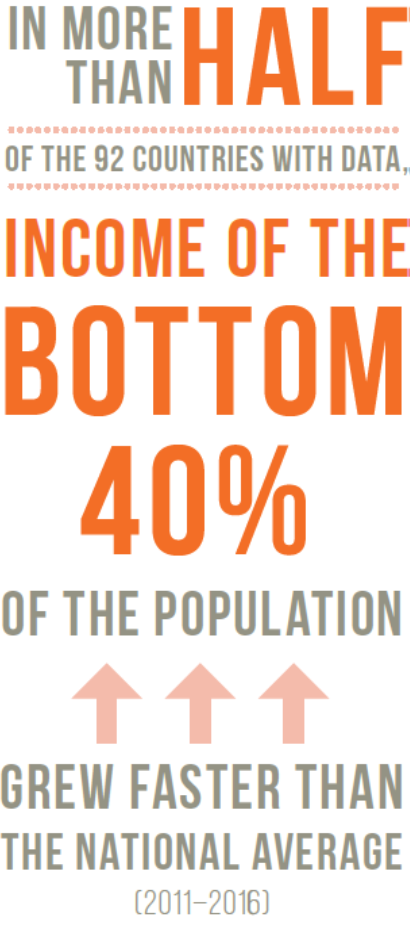
However, these positive trends do not effectively meet the full criteria to meet the Sustainable Development Goals by 2030.

However, these positive trends do not effectively meet the full criteria to meet the Sustainable Development Goals by 2030.
Children are overrepresented among the poorest people- one child in five lives in extreme poverty. 16,000 children die each day from preventable diseases, such as measles and tuberculosis. Women represent less than 40 per cent of those employed and occupy only a quarter of managerial positions in the world, facing a gender pay gap of 12 per cent. Women in rural areas die three times more while giving birth than women in urban areas. Persons with disabilities and those living with HIV/AIDS continue to be denied opportunities and fundamental human rights globally.
Unbalanced Trade
Additional efforts are needed to increase zero-tariff access for exports from developing nations. Duty-free access is increasing in developed countries, specifically in industrial and agricultural areas. More than 50% of exports from developing countries are eligible for duty-free accesses. In 2017, 66% of exports from developed countries received duty-free treatment in comparison to 51% of developing regions.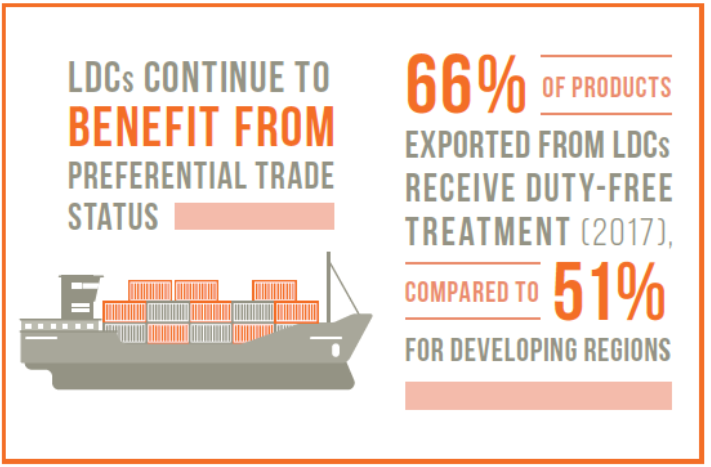
Disparities in Governing Institutions
Although developing countries represent over 70% of membership in the UN General Assembly and World Trade Organization, they are largely underrepresented in other international organizations. In 2018, the International Monetary Fund and World Bank implemented governance reforms which left developing countries with only 40% of voting rights while representing 75% of the World Bank membership.Migration
In 2019, a new evaluating indicator was added to SDG 10, highlighting the facilitation of orderly, safe, regular and responsible migration and mobility of people, including through the implementation of planned and well-managed migration policies. Out of 105 countries, 54 per cent possessed policies centered on migrants’ rights. Nearly 60 per cent of countries have policies to ensure the economic welfare of migrants.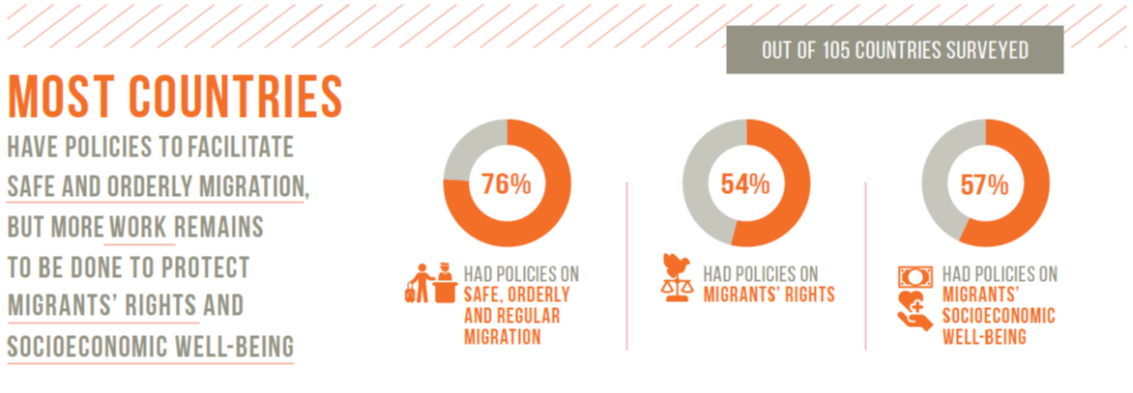
How Can Inequality be Reduced?
Countries must represent marginalized communities when creating policies regarding political, social and economic equality. Inequality will be reduced when discriminatory laws, policies, and practices towards minority populations are mitigated. Greater efforts are needed to eradicate extreme poverty and hunger, and invest more in health, education, social protection and decent jobs.READY TO TAKE ACTION?
We’re taking the fight to Congress. Email This email address is being protected from spambots. You need JavaScript enabled to view it. for more info on how you can join us on Capitol Hill and beyond.Text RIGHTS to 738-674.
LEARN MORE


